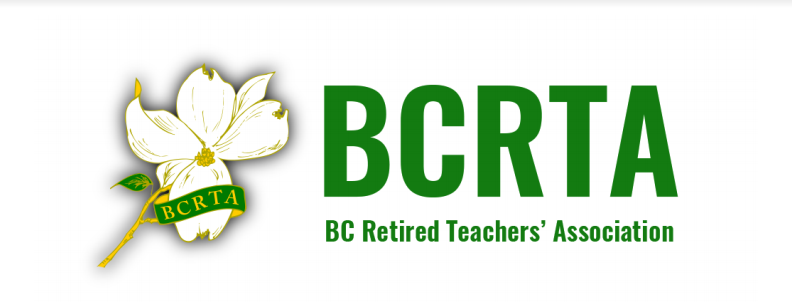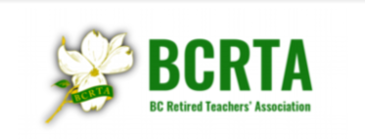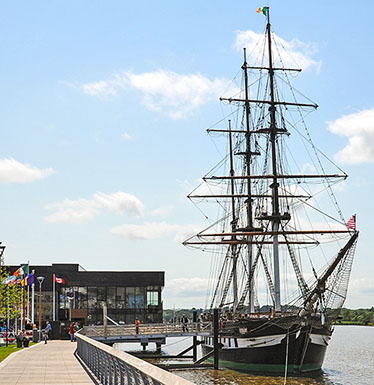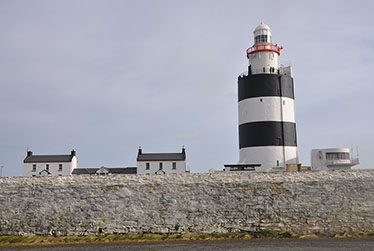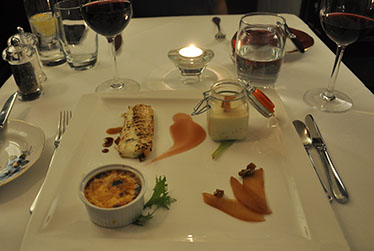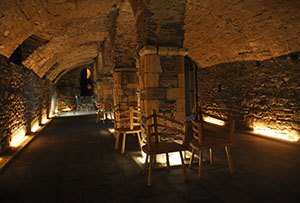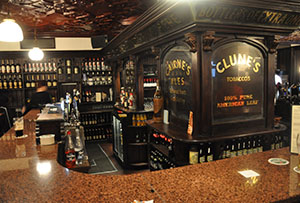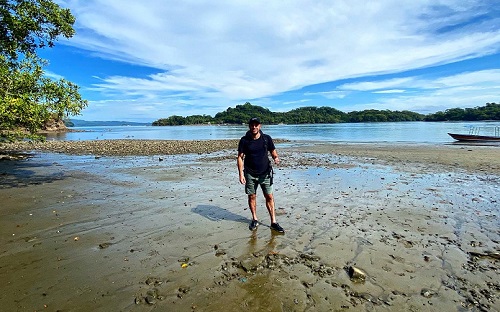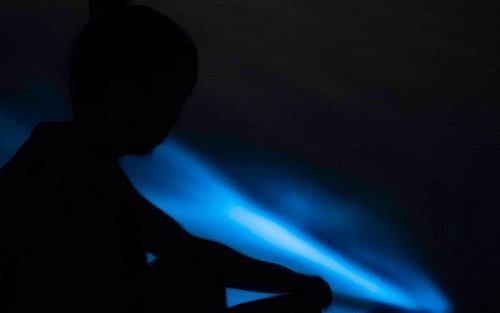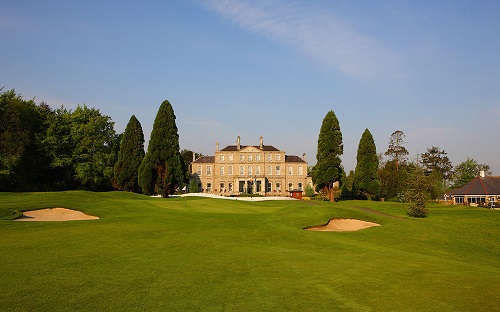
Waterford & Wexford
Faithlegg House Hotel
Ireland has some fantastic cities: Dublin, Cork, Galway, Belfast and Limerick all have plenty of charm in their own ways. However, the oldest city in the country is in fact Waterford.
Just a two-hour drive south from Dublin, Waterford offers a staggering variety of attractions, in the setting of one of the nation’s most beautiful regions, the south east of the country, on the banks of the River Suir.
The city was founded by the Vikings in the ninth century, before the Anglo-Norman invaders arrived in 1170, followed by King Henry II of England’s army in 1171, which invaded the city to exert control in Ireland, in order to prevent the whole country becoming a rival Norman territory.
As I’m sure you can imagine, all that history makes the city a joy for culture vultures – more of that anon.
Faithlegg House Hotel
Accommodation-wise, if you want to live it up in style, the finest option in the area is Faithlegg House Hotel and Golf Resort.
Located 11km west of Waterford city, also along the banks of the Rivers Suir, the opulent hotel is the definition of grandeur. A long, sweeping driveway, flanked by golf greens, an excellent French restaurant, superb interior design and architecture, and bedrooms and suites that would befit royalty, make the venue something of a jaw-dropper.
You’ll fall in love with the place immediately. Add to that the extremely helpful and friendly staff and it becomes an ideal place to call home for your time in the region.
Road trip to County Wexford
With a car, the region is your oyster from Faithlegg, and the options and attractions are many. I opted to take a circular route into Wexford, before returning to Waterford that same evening.
The first stop on my route was New Ross, just across the Wexford county border. There you can visit the Dunbrody Famine Ship and Irish Emigrant Experience. The recreated ship and accompanying tour give an insight into the journey that the people of Ireland made across the Atlantic Ocean to Canada and the US to escape the Irish potato famine of 1845-1847.
It’s a poignant experience and gives a superb insight into the poverty of 19th century Ireland and the bravery of its people as they ventured out across the ocean to find a new and better life in the Americas.
Perhaps the area’s most famous son is John F Kennedy, who traces his ancestry to nearby Dunganstown, where the family homestead is still inhabited by his descendants.
A short drive south back along the Suir will bring you to the homestead, which now has a museum to JFK and the Kennedys, retracing the history of this famous Irish-American family.
From there one can continue to follow the flow of the Suir south towards the Celtic Sea, passing the beautiful ruins of the fortified church built by the Knights Hospitaller at Templetown. One can also stop in for a snack at the adjacent Templars Inn for some excellent seafood.
Continuing due south you reach Hook Head, one of Ireland’s most beautiful headlands. Jutting out into the sea, with a lighthouse perched at the end, the vista is stunning and if ever one needed it, is a fantastic reminder of just how stunning Ireland’s rugged natural beauty is.
Having taken in the sea air and views, a short drive back up the coast brings you to Dunbrody House, which is owned and run by internationally renowned chef Kevin Dundon and his wife.
If you fancy picking up some tips from Dundon, the premises also has a cookery school attached. And if you want to just drop in to chill out, there is very cool little pub adjoining the premises.
Right beside Dunbrody, at Ballyhack, there is a car ferry which transports you back across to the Waterford side of the Suir, from there it’s just a short drive back to Faithlegg.
Fine dining in Waterford
For at least one night of your stay, just kicking back in Faithlegg is a must. The hotel restaurant is excellent and serves up French fare at a very reasonable price. With options such as salmon or chicken liver parfait; then roast lamb or beef; followed by a local-produce cheese board; and then stewed rhubarb, you are sure to be content.
Wash that down with some Bordeaux or Beaujolais red and you’ll be in good spirits to move across to the adjoining bar, where you can mingle with the other guests.
If you want to mix things up and get down to the city centre for dinner, two restaurants get this writer’s nod of approval.
La Boheme is run by Eric Thézé, from the Basque country region of France. He converted a vaults and cellar into a beautiful, elegant white-walled eatery back in 2006, and it’s been going strong every since.
The big, jovial Falstaffian Frenchman serves a market menu each evening, which combines the very best of the local produce. And like Faithlegg, the service at La Boheme is second to none.
Another option is Bodéga!, right in the heart of town. Serving a Mediterranean menu, this place has a buzzing atmosphere and is a great place to start a night on the town.
But I’d advise not getting too merry if you plan on hitting up some of the city’s central attractions the next day, because there are plenty and it’d be shame to miss out.
The Viking Triangle
Without doubt the city’s best attraction is the Viking Triangle, comprising the Medieval Museum, the Bishop’s Palace and Reginald’s Tower.
The Medievel Museum charts the history of the city through its colonization by both the Anglo-Normans and England’s monarchy, and details how the city’s future changed as a result.
In addition to a superb acted guided tour, the artifacts on display are outstanding, most especially the Dalmatic vestments, the only pre-Reformation high mass vestments to survive in Britain or Ireland. These beautiful woven priests’ garments are stunning.
The museum also incorporates the original structure of the Chorister’s Hall into the tour, as well as many other artifacts dating from the period.
The third part of the triangle is Reginald’s Tower, located right beside the Suir on The Quay.Just next door, the Bishop’s Palace gives an insight into the city’s history from the period 1700-1970. The house itself is beautifully restored and is a living example of how the upper classes would have lived in the 1700s in Ireland.
The tower is one of the city’s defensive structures, built in the 13th century as part of the city walls to protect against invasion, and has since then been the site of several important moments in the city’s history.
A fourth attraction to take in while in the city centre is the House of Waterford Crystal, where there are guided tours showing how the world’s most famous glass is made.
Some other recommend stops
Before heading on to your next destination in Ireland, a bit of sustenance will be needed, and two great spots to get a bite to eat and sink a pint are Jack Meades and The Gingerman
Jack Meades dates from 1705 and is located on the road back to Faithlegg. They have a newer pub built only a few years ago, but a stop in to talk to the locals in the original building is a must-do. Right beside the pub there’s also the ruins of an old limekilns, which is worth a gander.
In the centre of town the place to go is The Gingerman. Like Jack Meades, The Gingerman is a beautiful wood-paneled bar, where you could spend hours relaxing.
They also do great food, including big bowls of seafood chowder and toasted sandwiches; in Ireland, with tongue-in-cheek, we call that particular dish ‘Irish tapas’.
Waterford is a city that ticks a lot of boxes: history, check; great bars and restaurants, check; friendly denizens, check.
Add in its proximity to Dublin, and the many attractions nearby Wexford has, and the oldest city in Ireland still has plenty to offer the modern visitor.
Original Post: MARCH 19TH, 2015
